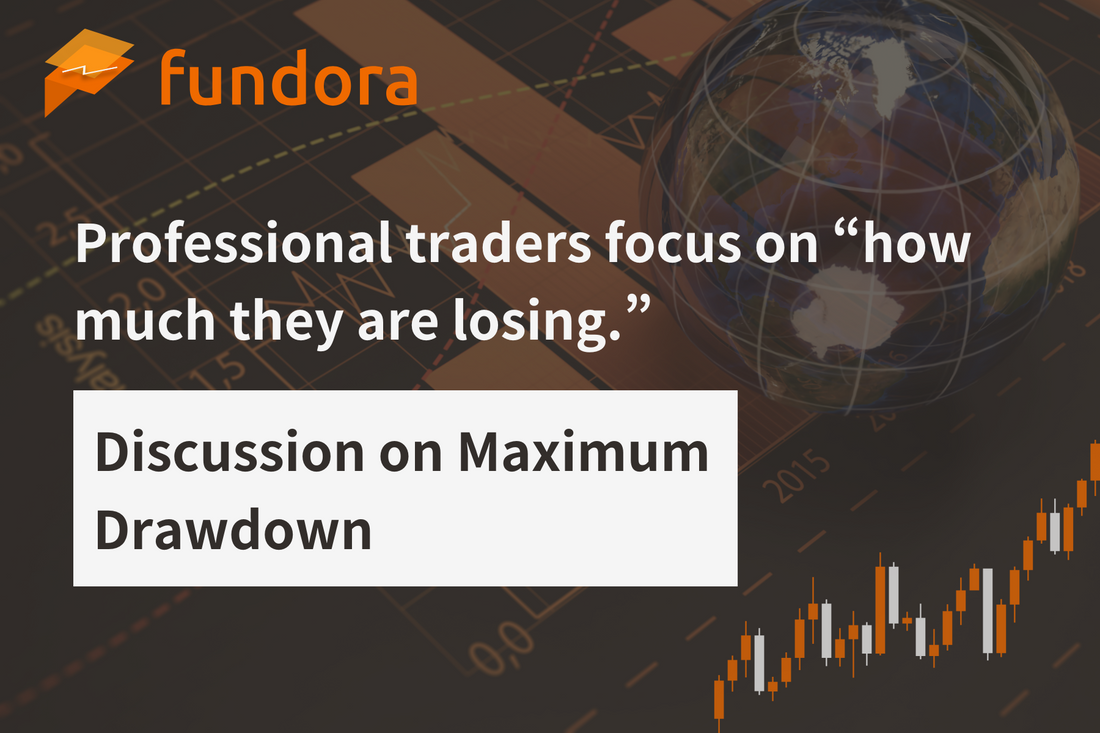
Pro Traders Watch “How Much They Lose”: A Practical Guide to Maximum Drawdown
Share
Pro Traders Watch “How Much They Lose”: A Practical Guide to Maximum Drawdown
Table of Contents
1. Introduction: Why focus on losses?
Want to succeed in trading? Most of us obsess over “how to win.” But top-tier pros care even more about “how much they can afford to lose.” In markets, losing streaks are inevitable. If you can’t control the size of those losses, even the best strategy can collapse.
This article breaks down Maximum Drawdown (MDD) in plain English so you can boost your survival rate and stay in the game.
2. What is Maximum Drawdown?
Maximum Drawdown (MDD) is the largest peak-to-trough decline in your equity curve—how far your account falls from a previous high.
Example:
- Equity rises from ¥1,000,000 to ¥1,200,000 (peak)
- Then drops to ¥800,000
The MDD is ¥1,200,000 → ¥800,000 = ¥400,000 (‑33.3%).
It’s “just” historical data, but it reveals a trader’s staying power—how much pain your system (and you) can withstand.
3. Why Maximum Drawdown matters
Trading is as much about risk control as it is about returns. A large MDD creates real problems:
- Psychological strain
Big drawdowns push traders to chase losses, take oversized risk, and spiral further. - Margin pressure
Ongoing drawdowns reduce equity, raising the risk of margin calls and forced liquidation. - Recovery takes time
If you drop 30%, you need about +42.9% to get back to break-even—no small task.
Smaller MDD = greater stability and faster recovery. To win, first minimize the losses.
4. What’s an acceptable drawdown?
Typical benchmarks used by prop firms and institutions:
- ≤ 10%: Excellent
Tight risk control. Top performers often stay in this zone. - ≤ 20%: Commonly acceptable
Risk is present but drawdowns are contained. - > 30%: Excessive risk
One mistake can be fatal, making long-term operation difficult.
No matter how strong the edge, regularly exceeding 30% MDD sharply raises ruin risk. Control the downside before chasing the upside.
5. Putting MDD to work at Fundora
At Fundora, maximum drawdown management is central to trader development and evaluation.
- Defined risk parameters
Pre-set “allowed loss per trade” with strict stop-loss execution. - Daily loss limits
If daily loss exceeds 0.5% of equity, trading halts automatically to protect psychology and capital. - Trade log & review
Track MDD, analyze causes, and fold countermeasures into training to prevent repeat scenarios.
The result is stronger risk management skills and the ability to sustain performance over the long run.
6. Summary: Manage losses to win
For pros, controlling the “how to lose” beats obsessing over the “how to win.” Keep MDD low and enforce disciplined money management to survive and thrive.
- Track and cap MDD to keep risk contained.
- Stay calm—don’t let emotions drive decisions.
- Think long term—consistency beats hero trades.
Start today: tighten your rules, define loss limits, and audit your equity curve. To win, first understand your losses—that’s step one toward becoming a durable, professional trader.